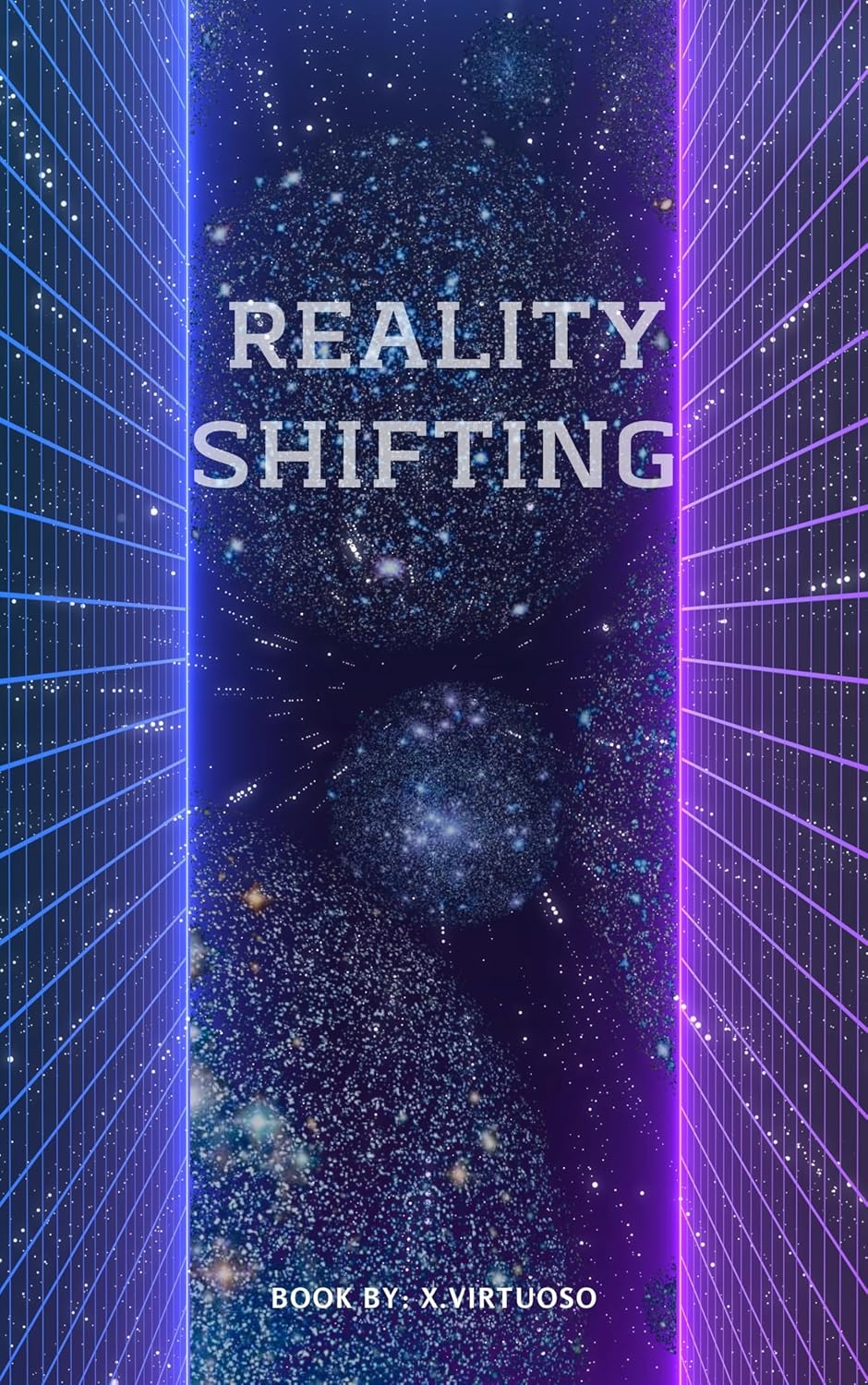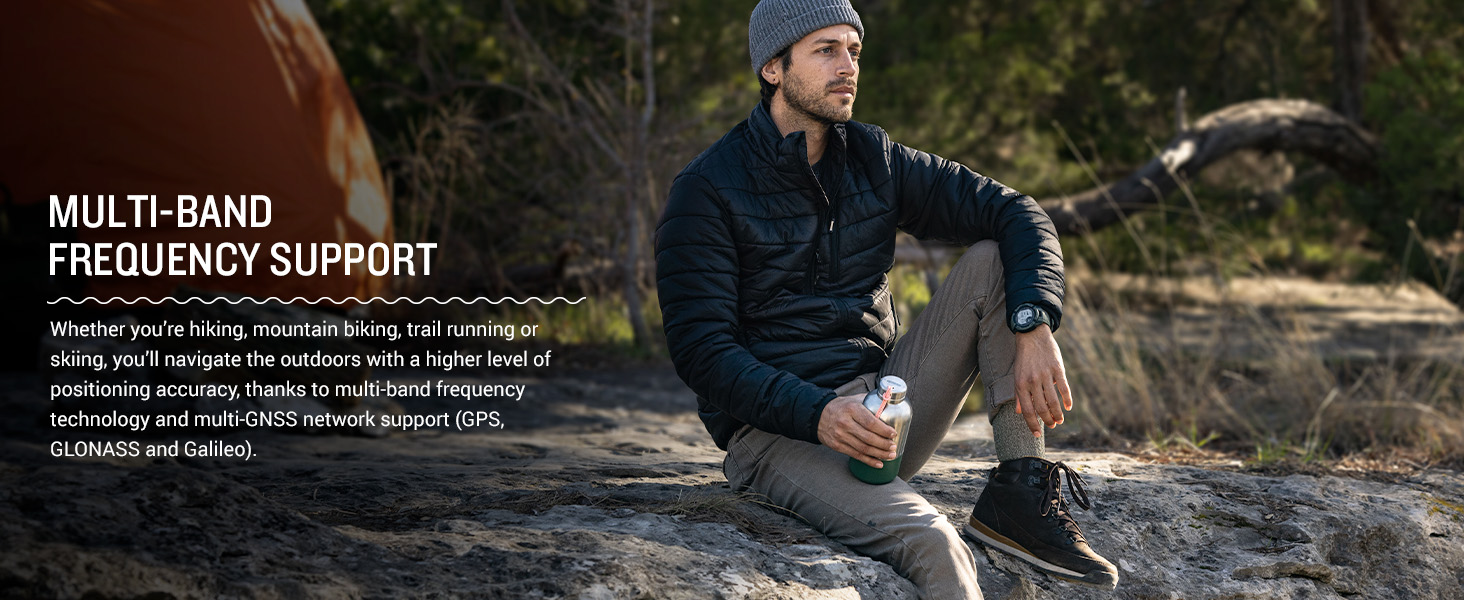Ever wished you could visit Middle-earth, Hogwarts, or Pandora? While a real-life trip to these fantastical lands remains firmly in the realm of fantasy, the magic of GPS coordinates and creative mapping allows us to explore them in a unique and surprisingly satisfying way. This article dives into the fascinating world of assigning GPS coordinates to fictional locations, turning imagination into interactive experiences.
Why GPS Coordinates for Fictional Places?

The idea of pinpointing fictional locations on a map might seem unusual, but it’s a surprisingly powerful tool for fans and creators alike. For fans, it offers a tangible connection to beloved stories, allowing them to “visit” their favorite settings virtually. Imagine “checking in” to the Shire or marking your journey across the plains of Westeros on a map! For creators, assigning coordinates provides a new layer of engagement with their audiences, creating a sense of shared experience and enhanced immersion.
Furthermore, assigning GPS coordinates encourages creative mapping projects. Fans can collaboratively build maps, adding points of interest and descriptions, expanding the fictional world beyond the confines of the original source material. This community-driven approach leads to a richer, more interactive experience for everyone involved.
The Process: From Imagination to GPS Point

While the actual locations don’t exist, the process of assigning coordinates is surprisingly straightforward. It primarily involves choosing a real-world location that best aligns with the described geography and environment of the fictional place. This could be a place that shares a similar landscape, climate, or overall vibe. For example, if you’re placing Hogwarts, you might select a location in the Scottish Highlands known for its rolling hills and misty atmosphere. Once a real-world analogue is chosen, simply obtain the GPS coordinates using a mapping service like Google Maps or similar.
It’s crucial to remember that this isn’t about precise accuracy. The goal is to evoke the spirit of the location, creating a sense of place for fans. This allows for creative interpretation and individual expressions of where these fictional places might exist in the real world.
Tools and Resources for Fictional GPS Mapping

Several online tools and platforms can assist in this creative process. Mapping services like Google My Maps allow users to create custom maps with pins, images, and descriptions. This allows for the creation of highly detailed and interactive maps, incorporating relevant information and images associated with the fictional location.
Online forums and communities dedicated to fantasy and science fiction are also excellent resources. Many dedicated fans contribute to collaborative mapping projects, sharing their ideas, and refining the placement of fictional locations based on the descriptions in the original source material. This collective effort generates a highly engaging and rich map experience.
Beyond Simple Coordinates: Enhancing the Experience
Simply assigning coordinates is just the starting point. To truly bring these fictional places to life, consider adding descriptive layers to your map. Include images, videos, or even 360° photos of the chosen real-world location to enhance the sense of immersion. Detailed descriptions of the fictional locations can further enrich the experience, allowing visitors to “explore” the details in the same way they might explore a real-world destination.
Consider using augmented reality (AR) apps to overlay information on top of real-world views. This could provide additional context and further immerse the user in the fictional world. Imagine pointing your phone at a particular landscape and seeing Hogwarts superimposed on the view!
Ethical Considerations and Respect for Real Locations

While creatively assigning coordinates to fictional locations is a fun and engaging activity, it’s vital to approach it responsibly. Respect for private property and existing communities is paramount. Avoid suggesting that fictional locations are situated in privately owned areas or sensitive locations. Focus on using publicly accessible areas as analogues to minimize any potential negative impacts on real-world communities.
Furthermore, clearly distinguish between the fictional nature of the locations and the real-world areas used as inspiration. Avoid misleading anyone into believing that these fictional places have a real-world physical presence. Transparency and clear communication are key to maintaining ethical mapping practices.
Conclusion: Embark on Your Fictional Journey
Exploring fictional locations using GPS coordinates offers a unique and engaging way to connect with beloved stories and immerse oneself in fantastical worlds. By combining creativity, technology, and a responsible approach, fans and creators alike can unlock a new level of interaction and engagement with their favorite fictional universes. So, grab your digital map, choose your destination, and embark on your own adventure to the places that exist only in our imaginations – but now, conveniently pinpointed on a real-world map!


